7 Facial Recognition Uses in Society
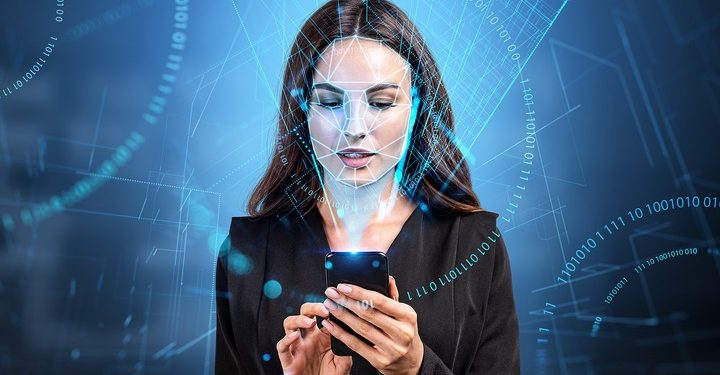
Facial recognition systems are designed to create a map of someone’s face by collecting data points related to facial features. This technology makes it possible for cameras to quickly identify someone and access information about this person is available in a database.
The ability to quickly identify a person is useful to improve safety and security, but various facial recognition uses are implemented in different industries.
Whether you like it or not, facial recognition is here to stay. This technology is growing in popularity across society. Here are seven types of facial recognition uses around us:
1. Facial recognition is used for public safety and security.
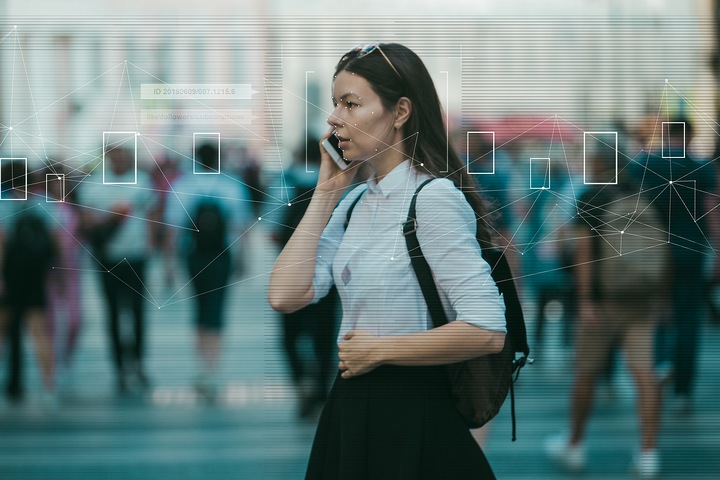
Law enforcement agencies have been using facial recognition to improve public safety and security for quite some time now. As the technology keeps evolving and becoming more efficient, so will law enforcement’s abilities to identify criminals and dangerous fugitives in public venues. Facial recognition can be used to apprehend known terrorists at the airport. In addition, it is also a prevalent part of stadium security technology and other public venues.
The way it works is simple: surveillance cameras equipped with facial recognition technology quickly compare the images of people walking in front of them to the images of known criminals kept in a database and alert safety and security personnel if there is a match.
2. Facial recognition is used to prevent shoplifting in retail stores.
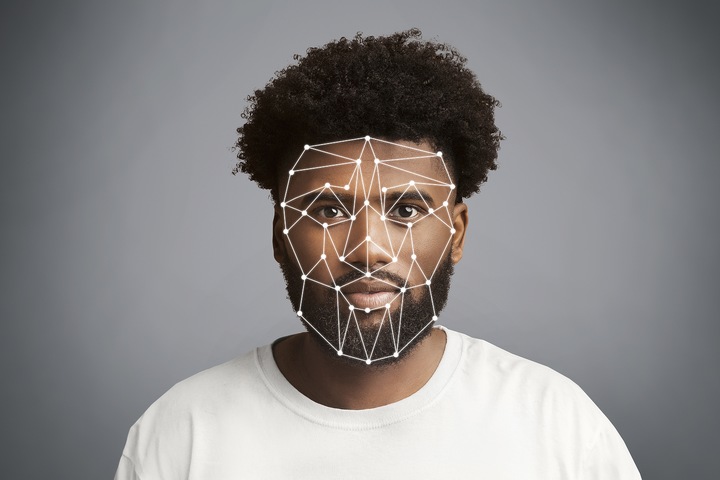
Many retail stores use the same technology to prevent shoplifting and retail crime.
Surveillance cameras capture the image of everyone who enters a store, just to compare them to images of known shoplifters and criminals present in a criminal database.
Of course, that doesn’t mean that potential shoplifters will be arrested simply for walking in a store. But personnel will be alerted that a potential threat just entered their store and will be able to keep a close eye on them to ensure they don’t do anything wrong.
3. Facial recognition makes transactions more secure.
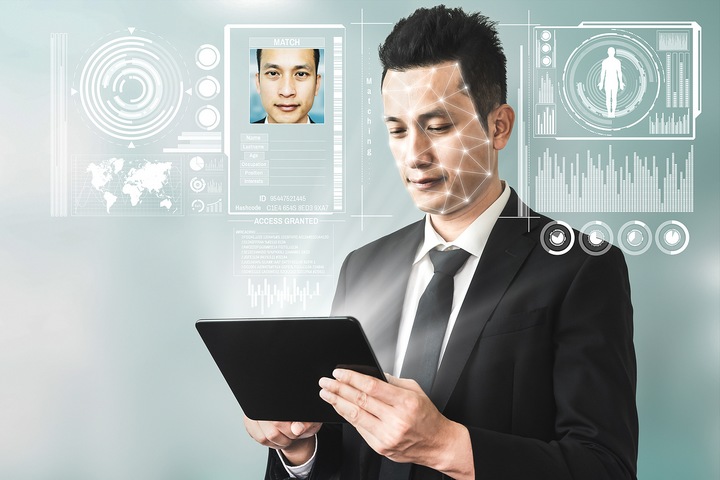
Have you ever heard of pay-by-face technology? It consists of a kiosk that allows customers to pay for a product or service simply by scanning their faces. This allows for quick, contactless transactions, which are perfect when social distancing is strongly recommended.
Of course, pay-by-face kiosks are powered by facial recognition technology. And this payment option requires a customer to first register for a program and upload a selfie that will allow the kiosks to identify them.
To make transactions more secure, the technology also allows retailers to check a customer’s face when they are paying with a credit or debit card to quickly validate their identity and eliminate the risks of fraud and identity theft.
4. Facial recognition helps doctors diagnose certain diseases.
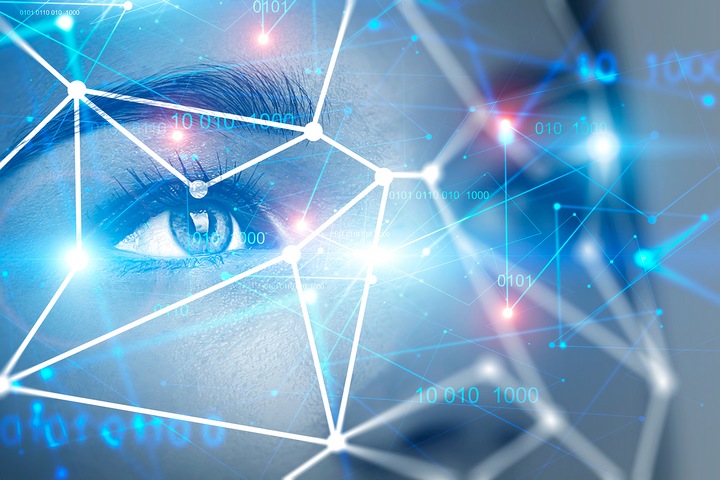
Some facial recognition uses are also benefiting the healthcare industry. For example, doctors and other healthcare professionals can simply scan a patient’s face to instantly access their medical records instead of manually searching through a database.
Facial recognition can also detect and diagnose some rare genetic diseases and disorders that result in facial malformations. As this technology keeps evolving, it will surely become possible to diagnose even more diseases, making early treatment possible for more and more people.
5. Facial recognition provides personalized experience to hotel guests.
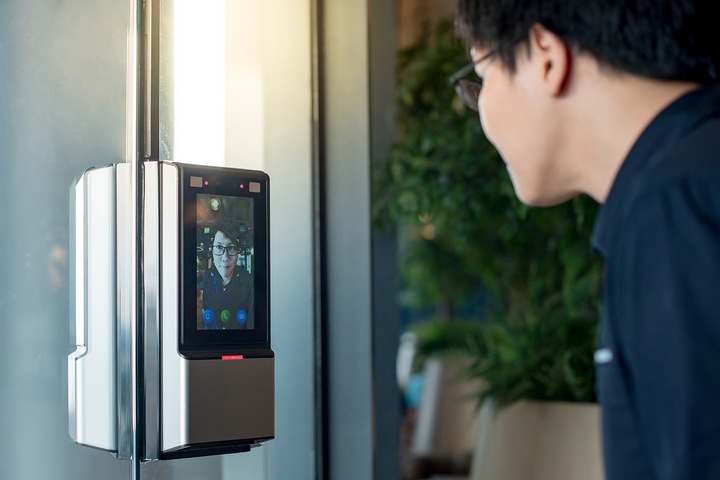
Facial recognition is used by some hotels that want to provide a truly personalized experience to their guests. Guests first have to give their consent and provide their photos, and then, the technology can scan their faces to automate check-ins.
The technology will also help hotels record their guests’ personal preferences, collect data that will help them improve their services and marketing strategies, and even greet guests by their name as they get to the front desk.
Hotels also use facial recognition to help improve the safety and security of their guests by identifying criminals and preventing crime and theft.
6. Facial recognition is used to boost the security of mobile devices.
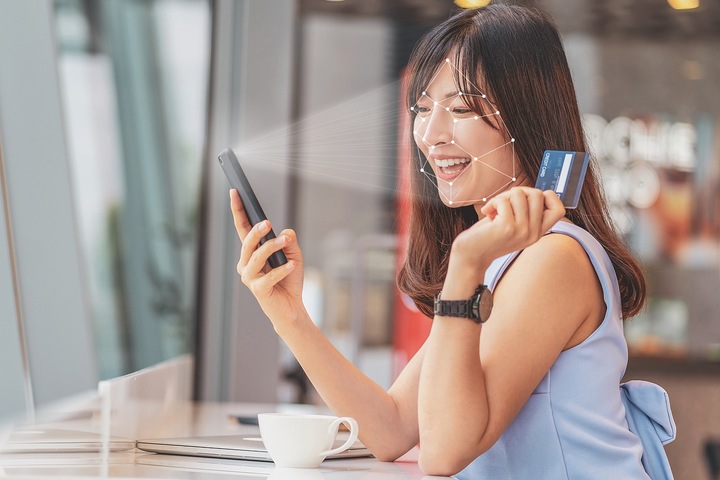
You can unlock your phone simply by scanning your face, and you use facial recognition technology daily.
Face recognition can help improve the security of smartphones and other mobile devices. And since it uses 3D modelling technology, a thief can’t unlock a device by simply showing a photo of the device owner’s face to the camera. Only the owner’s real face will be able to unlock the device.
7. Facial recognition is used to entertain people with mobile apps.
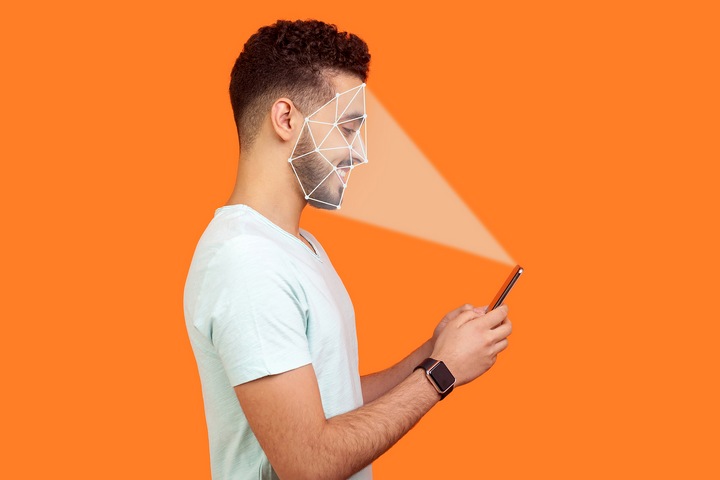
We have seen that facial recognition can be used for important purposes, such as keeping people safe, preventing crime, and offering contactless payment options.
But many mobile device users use this technology almost daily, simply for entertainment purposes. Indeed, facial recognition is powered by any mobile app that allows you to take your photo and modify it to know what you would look like as a senior or someone of the opposite sex.

